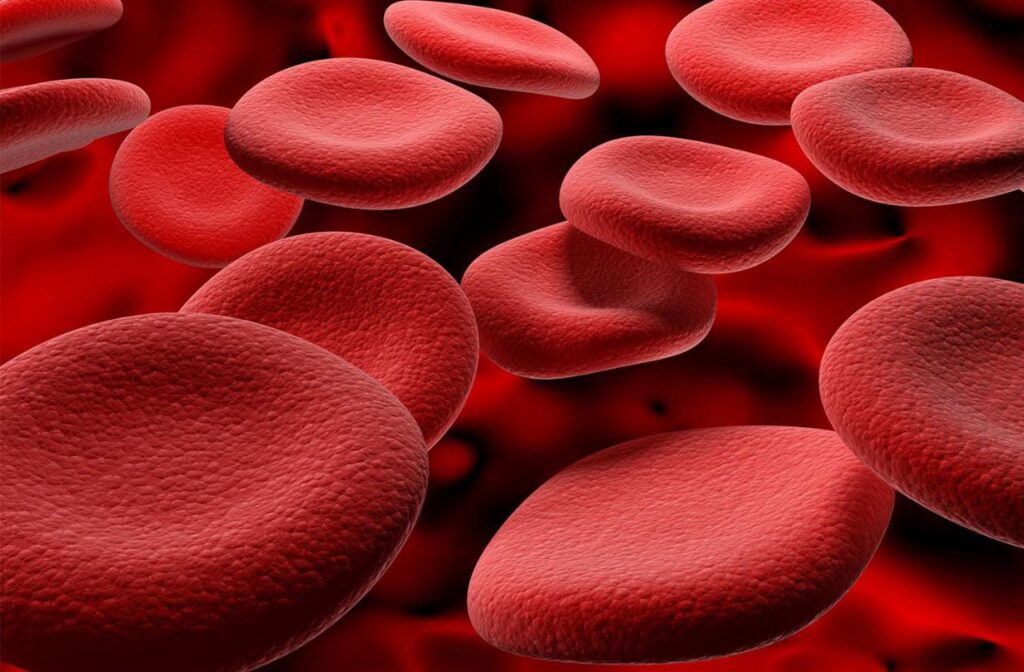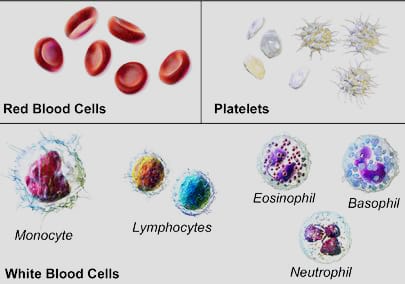Life is impossible without blood. It circulates throughout our body, supplying the cells with nutrients and oxygen that are necessary for life.
- Additionally, it moves metabolic waste out of those cells.
- It cannot be substituted. It cannot be manufactured or made.
- The only source of blood for people who require a transfusion is kind blood donors.

Components Of Blood
Human blood is mostly made up of;
- Plasma
- RBCs or Erythrocytes
- WBCs or Leukocytes
- Platelets

Red blood cells
- Also known as Erythrocytes.
- It contains a protein called hemoglobin.
- It transports oxygen and helps you exhale by removing carbon dioxide from your body and transporting it to your lungs.
- The bone marrow is where these cells are produced.
- 40%–45% of your blood is made up of erythrocytes.
- Four to five billion of them are produced from your bone marrow each hour.
- They live in the body for roughly 120 days in total.
Platelets
- Your blood’s platelets are a remarkable component.
- The smallest cell, or platelet, actually resembles a little plate when it is not actively dividing.
- Bleeding is managed by platelets.
- The blood vessel will alert you whenever a wound appears.
- The following receipt of the signal, the platelets move to the site and change into their “active” formation.
- They extend long tentacles to make contact with the vessel and form clusters to cover the wound until it heals.
Plasma
- Your blood’s liquid component is called plasma.
- Most of the substance in plasma, which has a yellowish hue and primarily consists of water, is also salt, proteins, carbohydrates, and hormones.
- It delivers nutrients and water to the tissues in your body.
White Blood Cells
- Also known as leukocytes.
- Even though leukocytes, make up only about 1% of your blood, they play a crucial role in your body.
- Healthy living and defense against disease and illness depend on leukocytes.
- Similar to erythrocytes, they are continuously produced by your bone marrow.
- They circulate through the circulation and combat foreign substances like germs and viruses.
- Even after leaving the bloodstream, they can continue fighting in tissues.
Also Read About:

